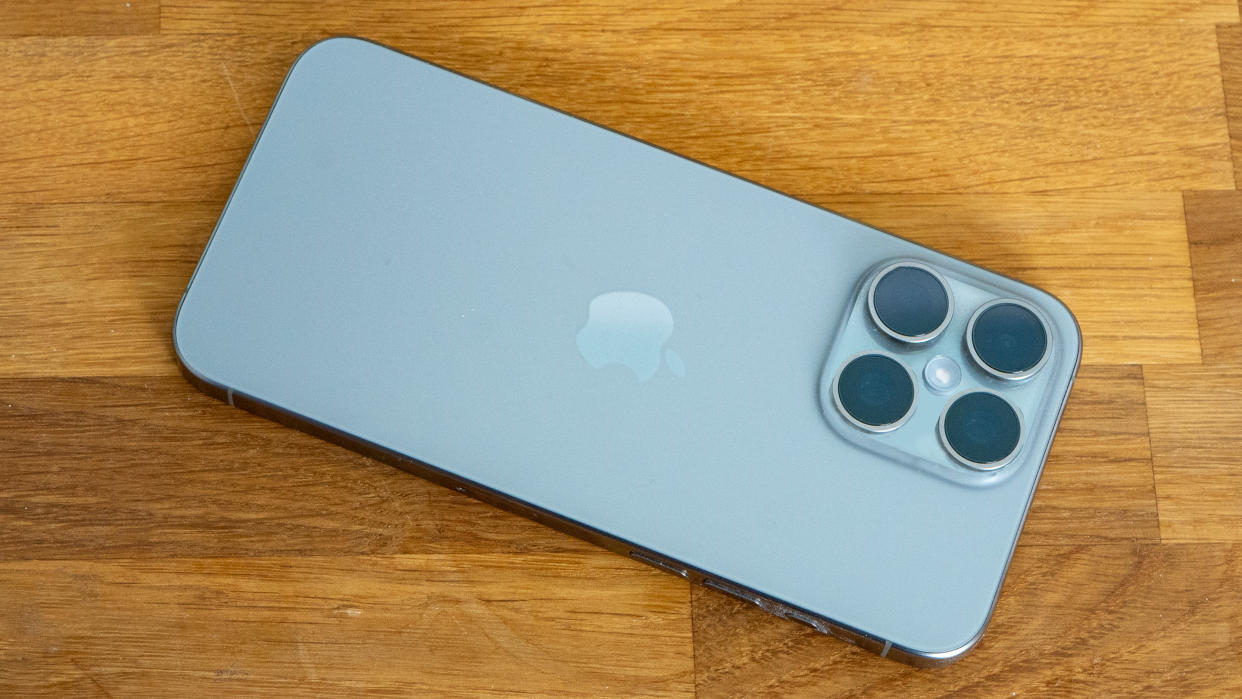iPhone 17 Pro will bring 144 megapixels to Apple phones in 2025, says analyst

Only the other day I was fuming that there was little to hope for with the iPhone 16 after news was circulating about the 'excitement' of a new lens coating. Analysts are already looking to the next generation for some more significant improvements to the iPhone, and what they're seeing is the arrival of another 48-megapixel camera.
The iPhone 15 Pro already boasts a 48 MP main camera, and rumours suggest that – alongside a new shutter button – the iPhone 16 will get a 48 MP sensor for its ultrawide sensor, but the telephoto lens on the 15 remains (and, presumably, the 16 is expected to remain) 12 megapixels.
Now industry opinion is coalescing around the idea, first suggested by analyst Jeff Pu back in late 2023, that the iPhone 17 Pro – the one expected in September 2025 – will be another 3-camera phone but will finally have 48 MP sensors for each of the triple camera system.
The main function of high-resolution sensors on phones is for 'sensor cropping' – to simulate a zoom lens using digital zoom. In that sense, it seems weird that the telephoto lens is the last of the cameras to get the tech, but the higher megapixels can also be processed to improve low-light performance, which is where it will come in handy for the wide camera.
Nevertheless, I find it incredible Apple made a big thing of extending the zoom (the optical 5x telephoto added to the iPhone 15 Pro Max using the periscope lens tech) and seemingly delay improving that by two years.
Perhaps that's my mistake, though. People on a two-year upgrade cycle will get to see another leap forward in zoom – albeit through sensor cropping this time. According to Sellcell, the typical upgrade cycle is 2-3 years (40.4%), while only 20% of people upgrade annually or more frequently.
In Martin Filipov's assessment for Phone Arena, he points out that because of Apple's more sophisticated cropping algorithms, especially in video, they are considered by many to lead this game already. Others just crop to 12 megapixels (i.e. 2x) while Apple already offer the flexibility of 1.3x and 1.5x in a way they call 'lossless').
All this may be lost on the users, and might depend on what the Samsung Galaxy S25 and other Google devices bring to the table (and even whether cameras are what matters – my friend who updates most frequently was more excited by the Circle to Search feature on Pixel 8 and S24 than camera specs).
Perhaps then Apple will finally be forced to go for a fourth camera (or perhaps marketing will be all about AI by then).

